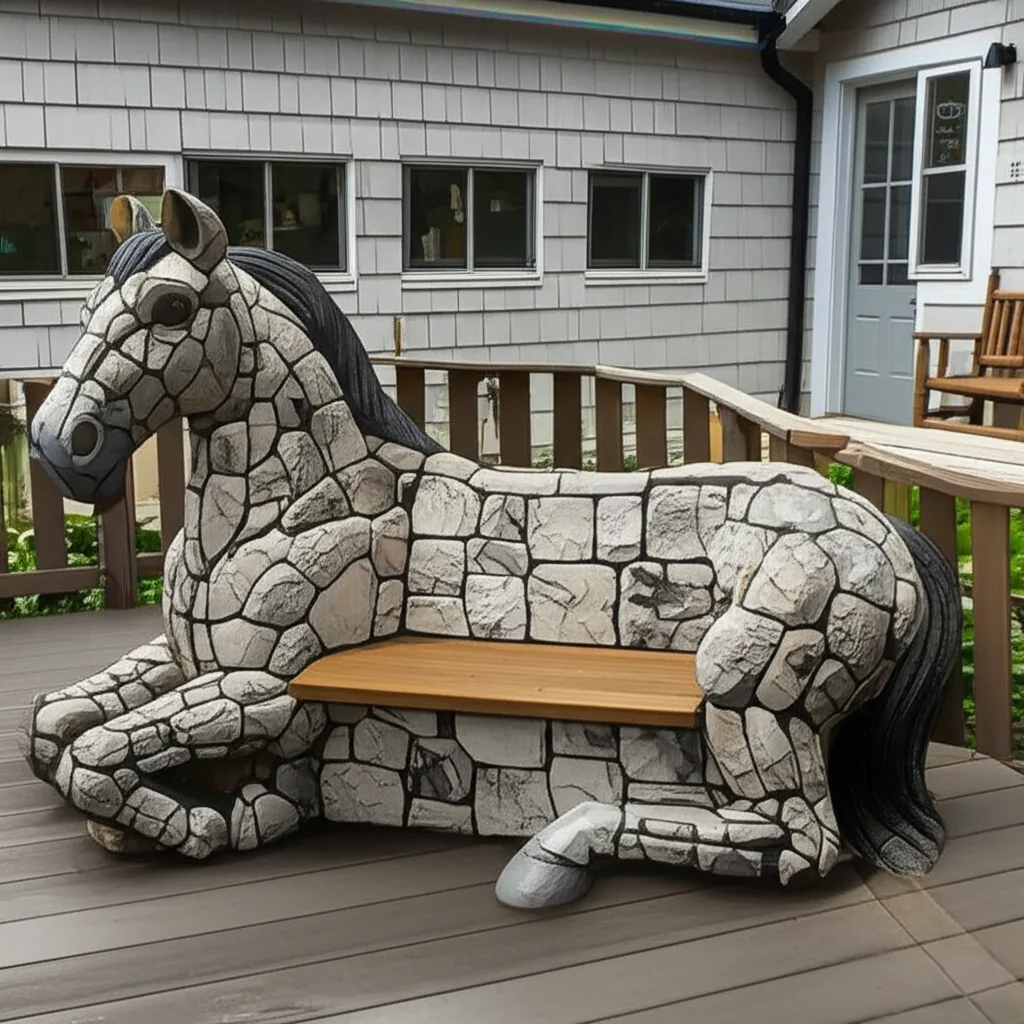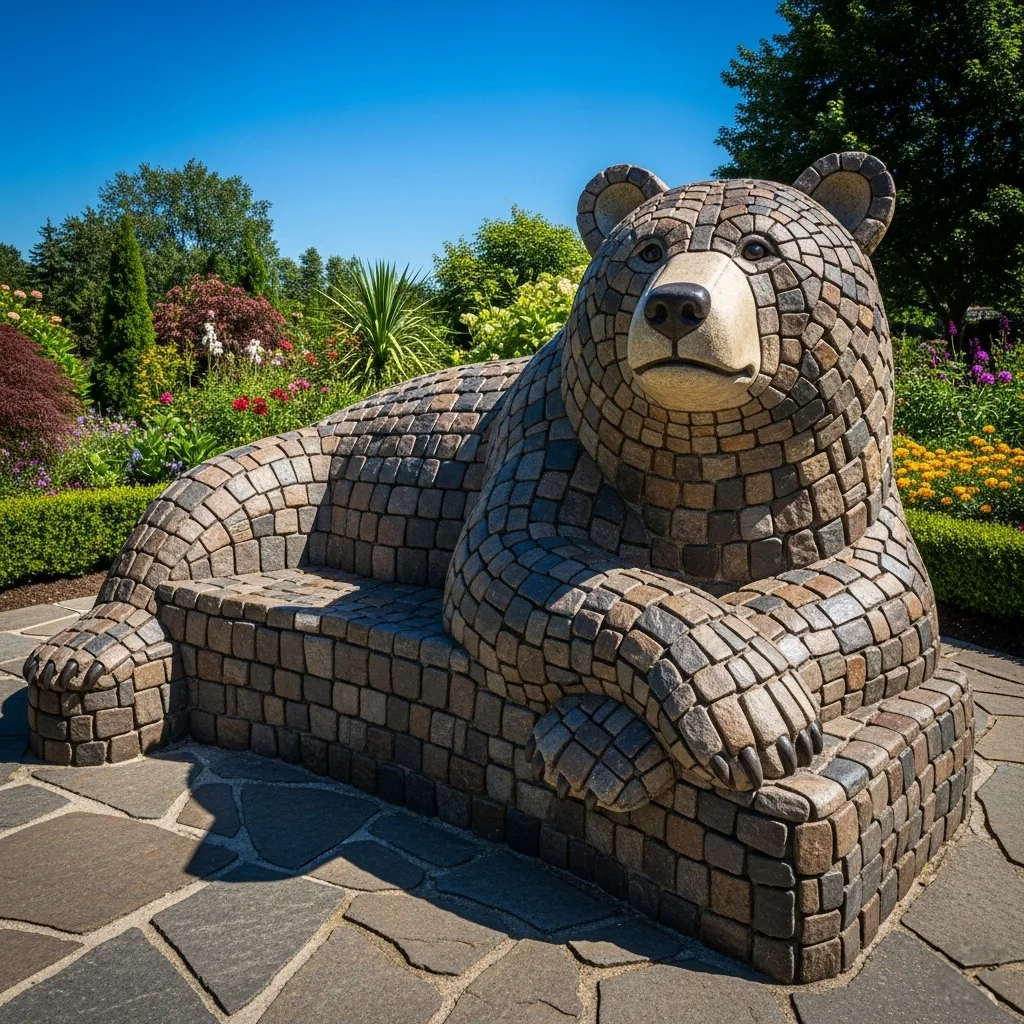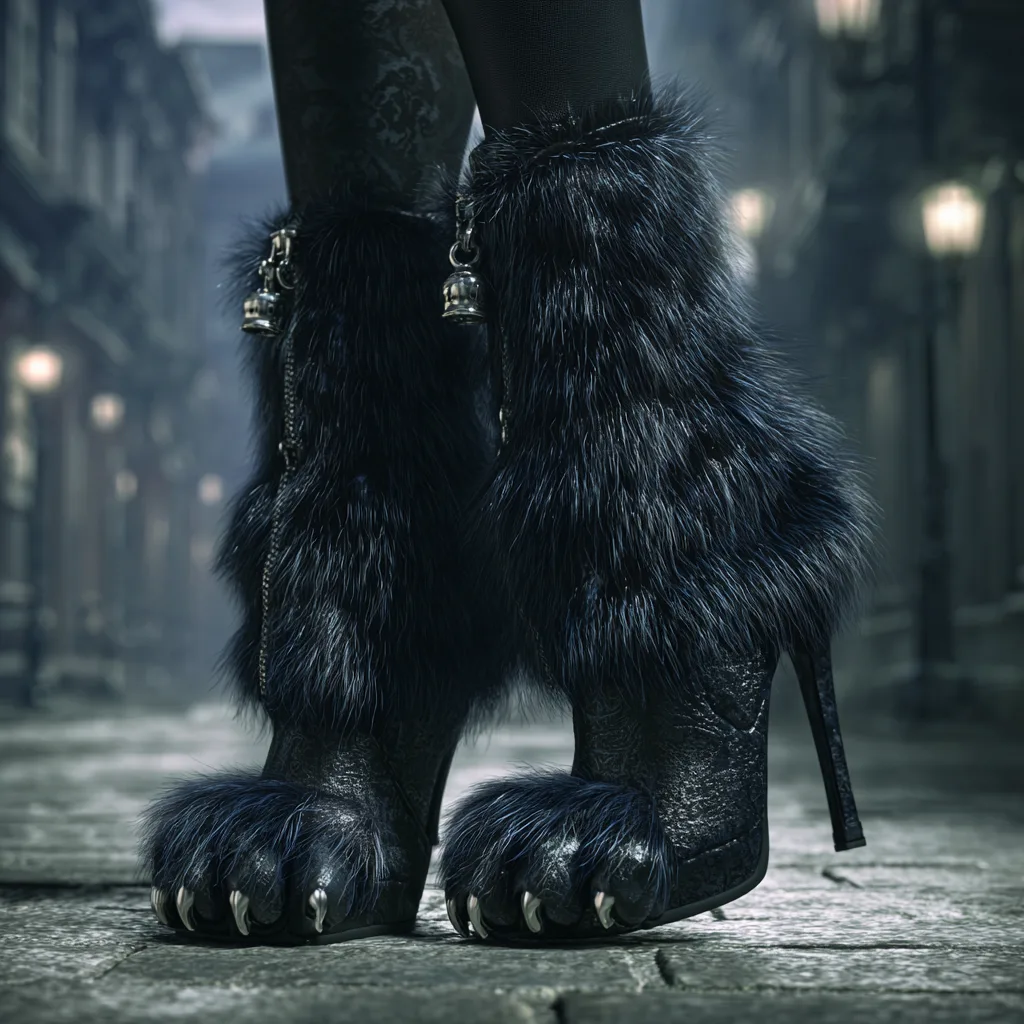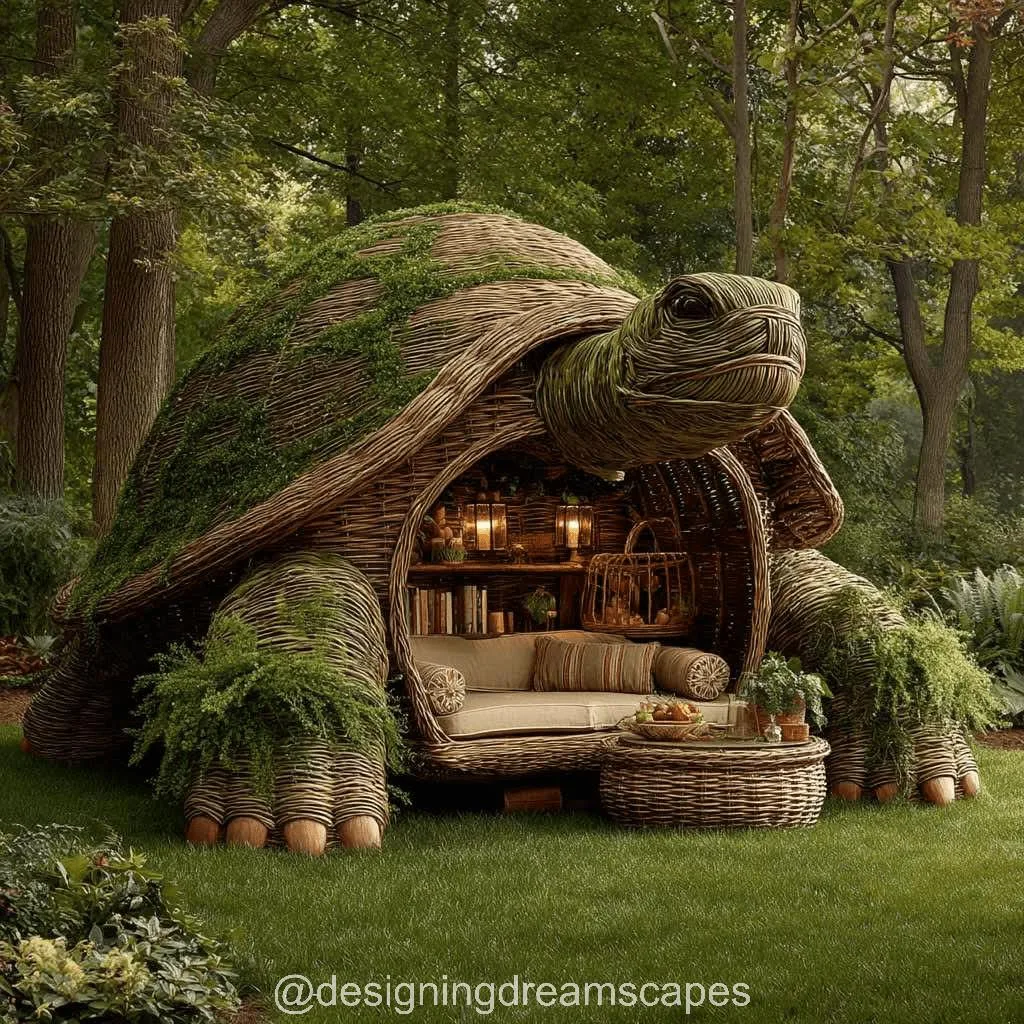Contents
Stone Seating Meets Wildlife Inspiration
Public spaces, gardens, and parks have long used art and sculpture to create atmosphere, provoke thought, and enhance natural beauty. One of the most charming trends to emerge in this domain is the creation of animal benches made from stone. These stunning pieces combine the functionality of outdoor seating with the form of wildlife figures, offering not only a place to rest but also a visual and tactile experience. Often handcrafted or carved from natural stone, these benches elevate any environment they inhabit—merging durability, creativity, and the serenity of nature.
Design, Craftsmanship, and Cultural Meaning of Stone Animal Benches
The Art of Carving Nature into Stone
Traditional Stone Carving Techniques
Stone animal benches are often handcrafted using age-old sculpting techniques. Skilled artisans chisel details into granite, marble, limestone, or sandstone, forming realistic animal bodies that serve as seat bases or frames.

Fusion of Form and Function
What makes these benches remarkable is how seamlessly art and utility are blended. A stone elephant with a flat back may serve as a bench, or a pair of intricately detailed lion statues could form the arms and legs of a regal seat. The balance between sculptural elegance and ergonomic comfort defines their success.
Material Selection
- Granite: Known for its strength and longevity, perfect for public spaces.
- Marble: Adds classical elegance but requires more maintenance.
- Sandstone & Limestone: Easier to carve, offering smoother details with a warmer, rustic appeal.
Iconic Animal Forms in Stone Bench Design
Lions and Tigers
Symbolizing strength and nobility, lions and tigers are often chosen for formal gardens, palace grounds, and grand public squares. Their presence lends a sense of power and timeless tradition.
Elephants
Elephant benches often appear in Asian parks and temple complexes. Their symbolism of wisdom, stability, and guardianship makes them perfect protectors of sacred or communal spaces.
Frogs and Turtles
More playful and whimsical, frogs and turtles appear in children’s gardens and family-friendly parks. They add charm and delight while providing seating scaled for all ages.
Bears and Wolves
In forested environments or mountainous parks, bears and wolves reflect the surrounding ecosystem. These rugged stone carvings echo the spirit of the wild.
Birds
Benches shaped like peacocks or swans add an elegant and lyrical element. Their curved necks and feathered tails create armrests and ornamental backs.
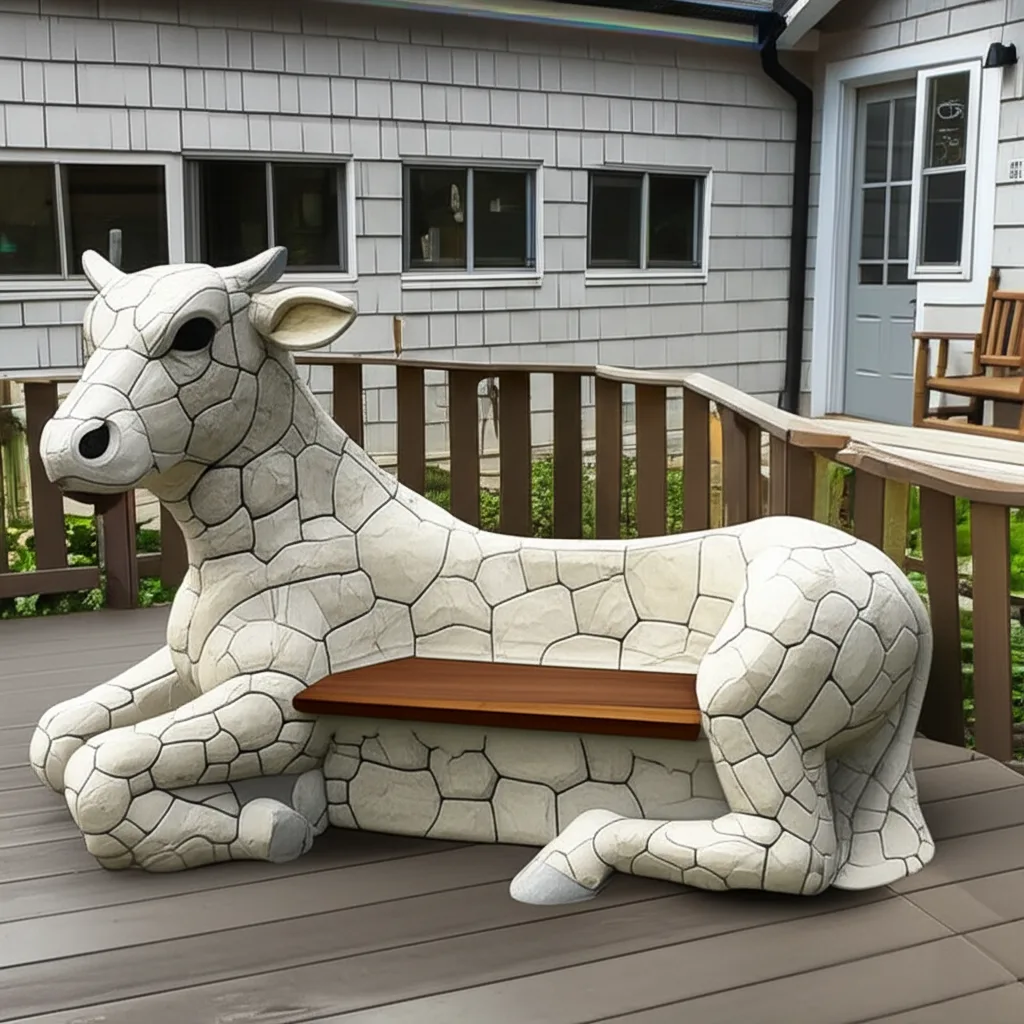
Where Stone Animal Benches Are Found
Botanical Gardens
Used to enhance flower beds, sculpture gardens, and water features, animal stone benches add interest and contemplation points for visitors.
Memorial Parks and Cemeteries
Often used as symbolic markers or resting areas, these benches bring peace and poetic symbolism to spaces of remembrance.
Public Squares and Cultural Sites
In city centers or heritage sites, benches shaped like mythical or regional animals become cultural ambassadors, attracting tourists and locals alike.
Private Residences and Estates
Luxury homes or artistic retreats may feature custom-carved animal benches to personalize patios, walkways, or atriums.
Cultural and Symbolic Significance
East Asian Traditions
In Chinese and Indian art, animals are rich in spiritual and cultural symbolism. Stone elephants, dragons, and tigers serve both protective and decorative purposes in architecture and outdoor design.
European Garden Traditions
In Victorian and Renaissance gardens, stone lions, dolphins, and griffins were used to elevate garden design into allegorical spaces of power and mythology.
Indigenous and Folk Interpretations
Some regions use animal-shaped stone benches to reflect native fauna or folkloric tales, embedding history and storytelling into the landscape.
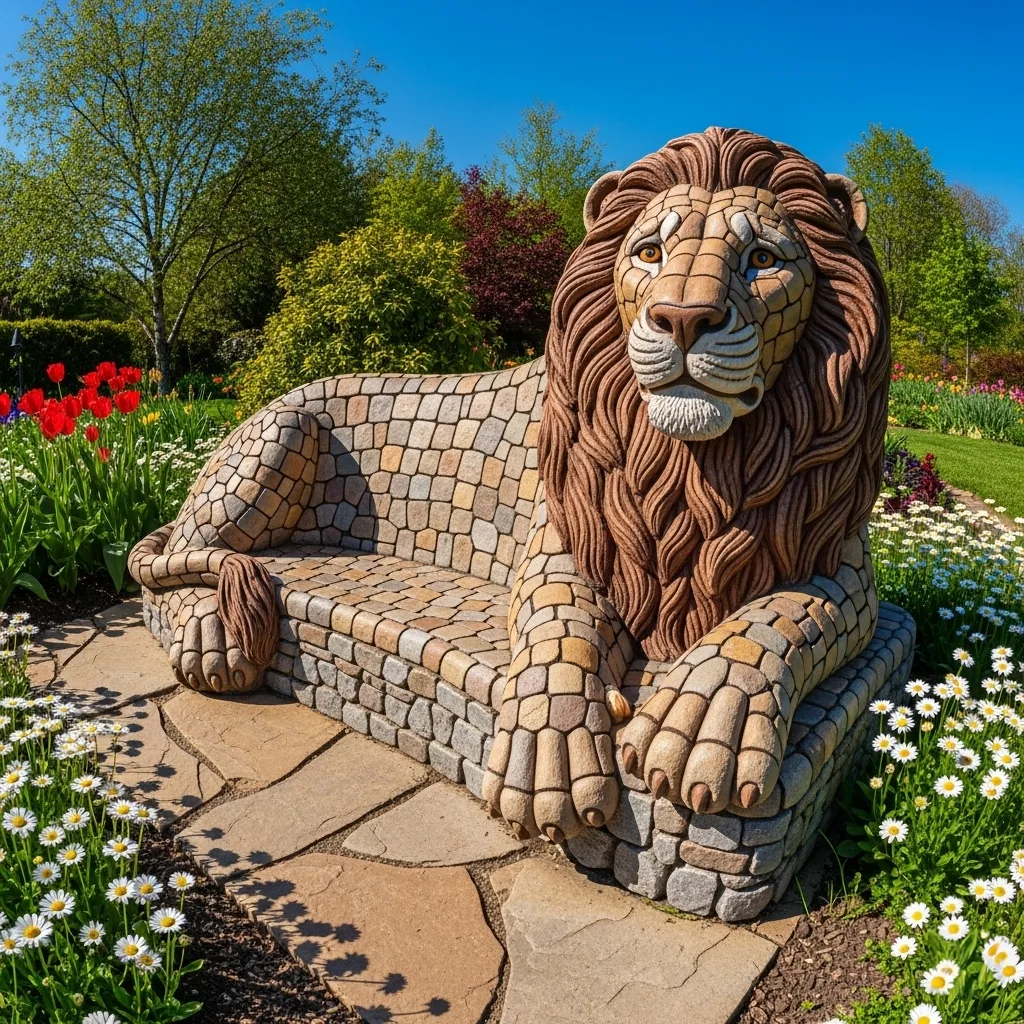
Craftsmanship and Modern Innovations
From Hand-Carving to CNC Machinery
While many traditional pieces are hand-chiseled, contemporary workshops use CNC (computer numerical control) milling to achieve precision, consistency, and scale.
Integration with Landscaping
Stone animal benches are often designed in harmony with paths, fountains, or natural slopes. Landscape architects may position them under trees, by ponds, or within labyrinth gardens for meditative experience.
Durability and Care
- Stone benches are extremely durable but benefit from seasonal maintenance to prevent moss buildup.
- Sealing can preserve coloration and protect from environmental damage.
- In high-traffic areas, reinforced internal supports are sometimes added for safety.
Emotional and Educational Impact
Encouraging Connection with Nature
Benches shaped like animals help foster emotional connection with wildlife, especially in urban settings where natural encounters are rare.
Learning Through Play
In schools and playgrounds, animal benches can double as learning tools. Children can be introduced to local or endangered species through tactile interaction.
Enhancing Mental Wellness
These benches provide meditative spaces where people can reflect, rest, and reconnect. The symbolism of animals encourages empathy, strength, and inner calm.
Sculpted Serenity in Stone
Animal benches made from stone embody more than artistic flair or functional seating. They are cultural artifacts, storytelling devices, and spiritual anchors in the outdoor world. Whether installed in a heritage site or nestled beneath a tree in a quiet garden, they invite rest, reflection, and a deeper appreciation for the natural and artistic world. As urban design continues to embrace holistic and meaningful public art, stone animal benches remain timeless icons of harmony between human creativity and the animal kingdom.
